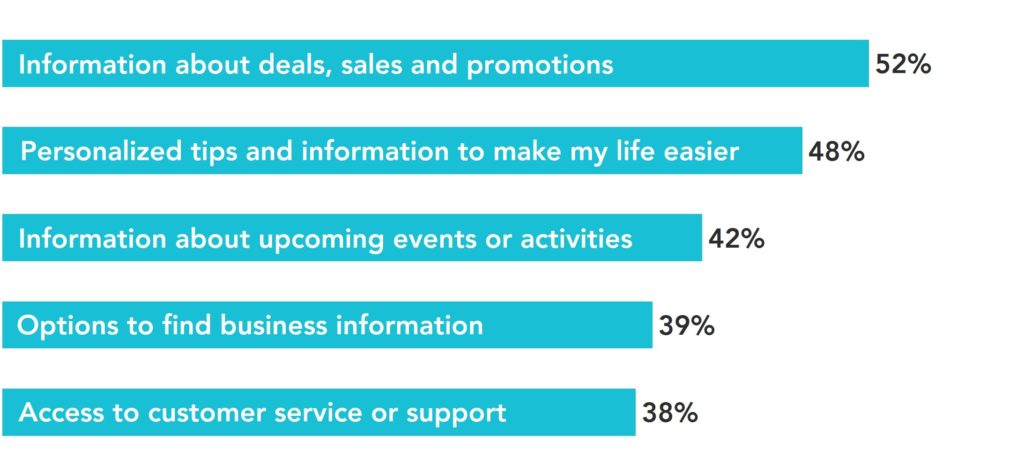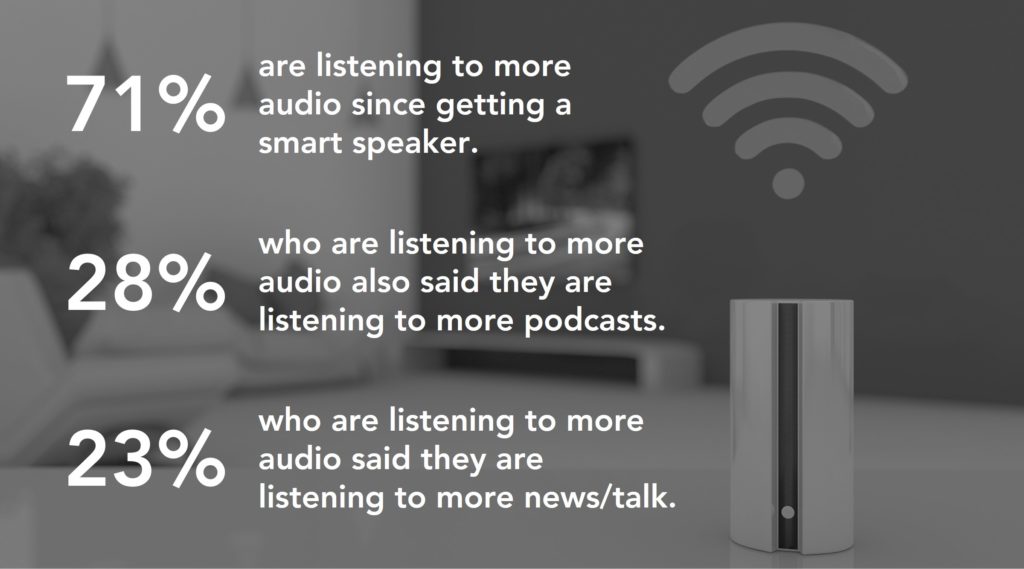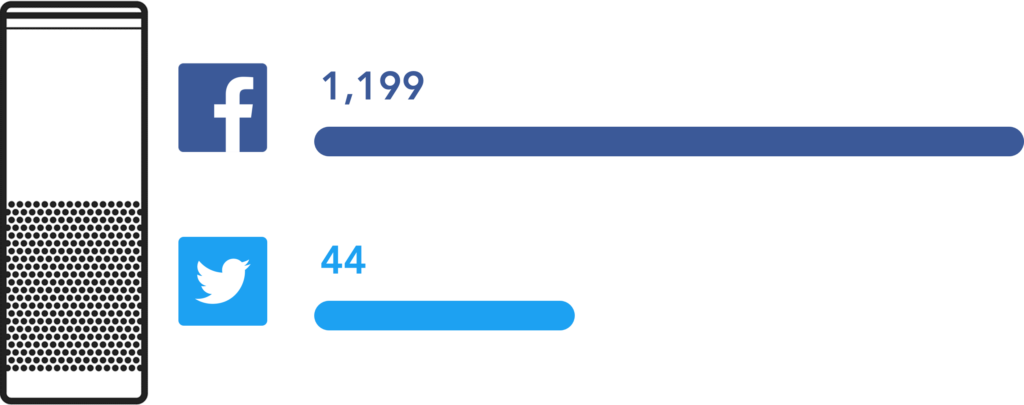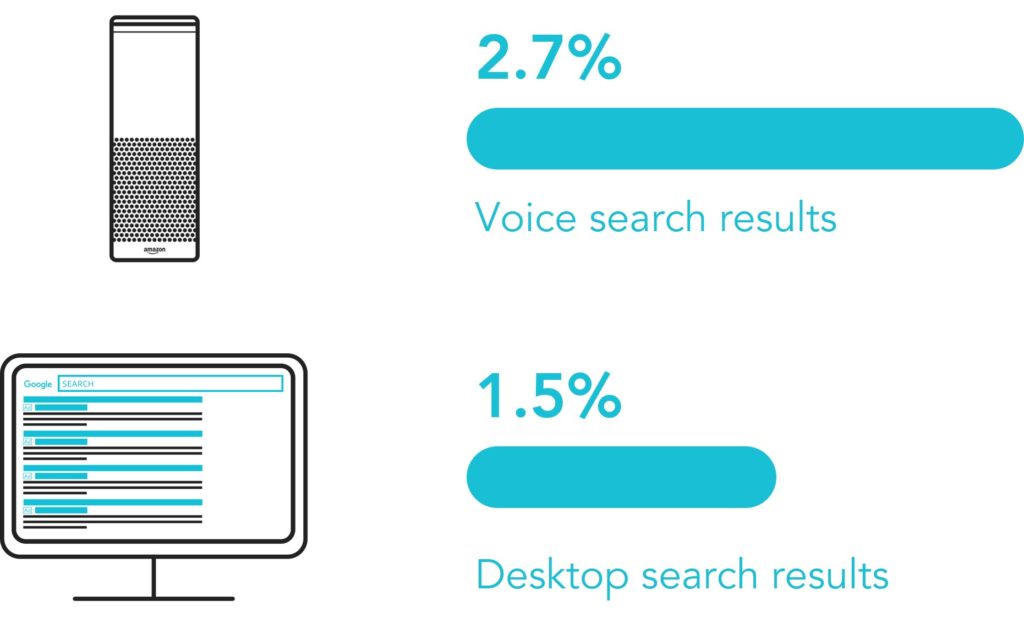The CMO Club recently surveyed 106 chief marketing officers to see how they viewed the existing agency model and asked them what changes they’d like to see in the traditional client-agency relationship. Their findings really got me thinking about the best approach marketing agencies can take to serve our clients in a rapidly evolving media landscape. Is it the full-service agency of record (AOR) model? The specialized shop model? Somewhere in between?
Personally, I think it varies for each client based on the brand’s needs, the competitive landscape of their vertical, the rapid evolution of the media environment and a host of other variables that would take too long to list.
That’s why I think the best approach is for agencies to work on being flexible enough to leverage the strengths of both the full-service and specialty agency models, avoid the weaknesses of each and remain pliable enough to adapt when needed.
So, how can agencies take on this best-of-both-worlds approach? I have few ideas based on personal experience but I’ll dive into that more in a bit. First, let’s set the table for this conversation by looking at some of the key findings from The CMO Club’s study.
Nearly half of the respondents (47 percent) use the AOR model which includes the 25 percent of brands who use a single AOR and some independent agencies, plus the 22 percent of brands who just use an AOR.
The big agency model was by far the most popular. And, while 55 percent of all respondents said they’re moderately satisfied with their current agency model, only 14 percent said they are highly satisfied. Moderate satisfaction is simply not good enough. Agencies shouldn’t have a “Cs get degrees” mentality about serving our clients.
When asked what’s the most challenging aspect of changing agencies, more than half of respondents said it’s “investing in educating new agencies” and more than a third said “finding/vetting new agencies is time-consuming.”
Neither of these answers should come as a surprise. For agencies, getting to know a brand intimately is essential in producing successful campaigns, but it takes time. And, as any brand or agency who has gone through an RFP can tell you, the process can take months and significant resource time before a decision is made.
For the AOR model, 55 percent of respondents cited a “lack of innovation” as a source of dissatisfaction and 35 percent indicated that their “capabilities are too narrow.”
When an AOR can’t meet the demands of their clients, those brands turn to one or more smaller agencies. According to the study, brands use “independent shops to get better, personalized service, increase the value of their marketing dollars and garner the creativity needed to break through the clutter.”
I’d agree with the study’s authors that this may be swapping out one problem for another – working with different agencies has the benefit of individual expertise, but it also makes it a lot more difficult to align various marketing efforts.
When asked about the benefits of small or mid-size agencies, 44 percent of respondents said “better-personalized service” and 40 percent said “more specialized knowledge.”
This makes sense, as smaller agencies usually focus on a few core marketing services. This makes it easier to become experts in those areas and coordinate efforts between teams.
How to capture the best of both worlds
The findings of this study were interesting, but not all that surprising. Here at Mindstream Media Group, we’ve been noticing the shifting needs of brands for some time and have taken major steps to evolve our capabilities and account management style to adapt to the changing environment.
To strike a balance between full-service and specialty agency, we took two major steps and a lot of incremental ones. Our first big change happened more than two years ago when we joined the Eastport Holdings’ family of agencies. Being a part of a large holdings company has given us access to 16 sister agencies with a variety of specialties to complement our own offerings.
This integration has been a huge plus for our agency. Now, when a brand approaches us with a need that’s outside of our wheelhouse, it’s not a problem. We just reach out to the appropriate agency within Eastport and get to work. It’s also great for our clients because they keep a single point of contact at Mindstream who can coordinate efforts between the agencies.
The second big change was more gradual. Since we joined Eastport, we’ve steadily combined forces with new Mindstream offices across the country from San Diego to New York City. Each of these teams brings different but compatible talents and capabilities that allow us to provide a full suite of digital and traditional marketing services.
Our new extended family allows us to handle any of our client’s advertising and marketing needs like a big agency could. However, as a single agency, Mindstream Media Group still functions like a smaller shop. And, like other small-to-medium sized agencies, our teams are made up of experts dedicated to specific marketing services. The only difference is, we have a lot of those teams now.
Benefits of a blended agency model
This blended agency model is very effective at solving two major issues from CMO Club’s study:
- The AOR model leads to a lack of innovation and a capability set that’s too narrow.
- The multiple-agency model leads to complications with managing relationships across partners.
Our model allows us to resolve the first issue by acting like a specialty shop – agile and dedicated enough to deliver innovative campaign strategies and customized content. At the same time, our expanded capabilities allow us to handle a variety of marketing services. Which means our clients enjoy a single point of contact and more holistic marketing strategies. It also means that, like a full-service agency, we have access to all the resources, technology and expertise we’d need to meet any client request.
Closing thoughts
I’m not trying to claim that we’ve found the perfect agency model. In this industry, that’s impossible. Change happens too quickly and each brand is too unique. The strategies that are perfect this minute are outdated the next. A system that works perfectly for one brand is anathema to another.
I think the best approach is just to make sure you have the right mindset – stay flexible and agile, remain dedicated to customer services, allow technology to make your life easier and, most importantly, embrace change.








![[Infographic]: Smart Speakers: The Rise of the Machines](https://mindstreammediagroup.com/wp-content/uploads/2018/04/Smart-speaker-infographic-featured-image-for-blog-post.jpg)

![[APRIL 2018] TL;DR Roundup – Obligatory Facebook Update, YouTube TrueView Ads and Programmatic Ad Spending Updates](https://mindstreammediagroup.com/wp-content/uploads/2018/04/business-email-marketing-online-concept-header-image.jpg)